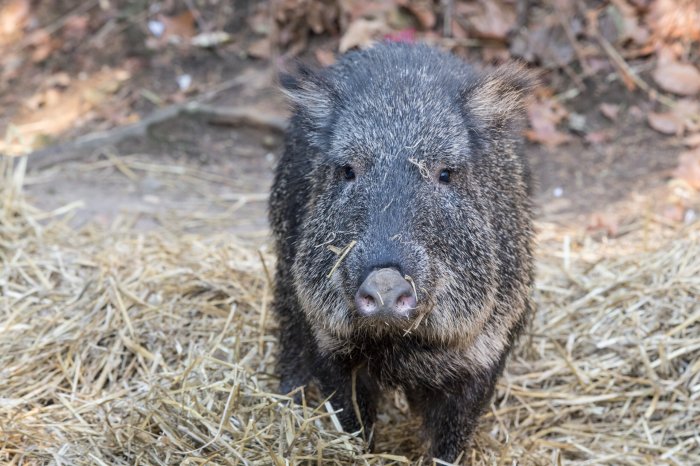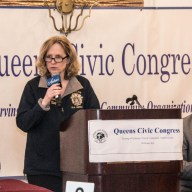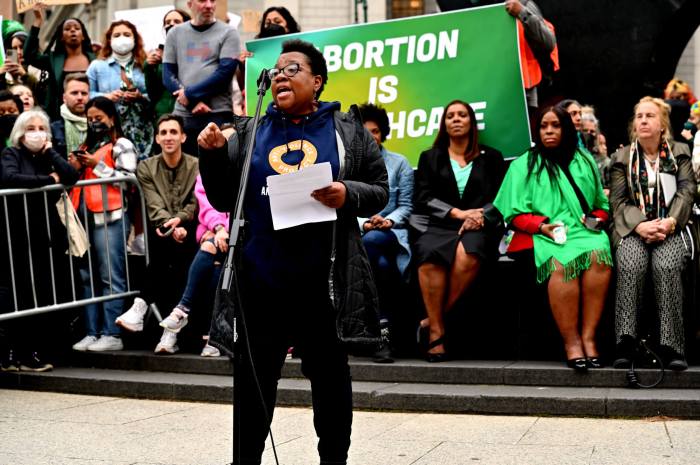Much of the increase can be attributed to the Asian and Hispanic communities, which have been…
By Jennifer Warren
In the 10 years since the last census, the population of Forest Hills and Rego Park has grown by nearly 10 percent to 113,422, the 2000 census showed.
Much of the increase can be attributed to the Asian and Hispanic communities, which have been expanding across the borough, according to figures supplied by Queens College demographer Professor Andrew Beveridge.
However, while the number of non-Hispanic whites in the area declined, the data did not reflect the influx of recent immigrants from Central Asia and Eastern Europe.
Councilman Morty Povman (D-Forest Hills), who has represented the district for nearly 30 years, said he sees the changes firsthand in the shops run by newcomers along Queens Boulevard and 108th Street.
“They’re very industrious,” Povman said. “The immigrants will strengthen this country,” he said, noting that every constituent he has is an immigrant. “There isn’t one native American constituent that I’ve met yet. They’re all immigrants,” he said.
Sitting in Charlie’s No. 1 Coffee Shop on Queens Boulevard reading his newspaper, Paul Katz, 65, also said the neighborhood has changed significantly.
“It used to be middle-class Jewish. Now there’s a tremendous middle European-Slavic immigration,” said Katz, a resident of Rego Park since 1975.
“Signage has changed. You have to read a little more Russian, but other than that, they appear to have the same drives and needs that the people had back in the ‘70s,” Katz said.
Forest Hills population now is 38,398, a rise of 4,409 over the past decade. The neighborhood’s density has grown to 27,630 people per square mile from 24,457 in 1990, Forest Hills is 1.39 square miles in area, according to census tract demarcations compiled by Beveridge.
Rego Park is home to 75,024 residents, an increase of 5,799 over the last 10-year span, the figures showed. The 1.48-square-mile neighborhood has a density of 50,754 people per square mile, up from 46,838 in 1990.
While more than 10,000 new residents have moved into the two adjoining neighborhoods, the initial data derived from the census are categorized by race and ethnicity but not according to country of origin.
Of the minority communities in Forest Hills, Asians grew the fastest with a 112 percent increase, bringing their total number to 7,941. The next largest minority community is the Hispanics, with a 41.84 percent increase to 3,434 residents.
The non-Hispanic black community’s numbers grew 55.19 percent from 394 to 611.
Tom Fergus, 66, originally from County Kerry in Ireland, who settled in Forest Hills 12 years ago, said he has witnessed a large number of Asian neighbors moving into his apartment building on 113th Street.
“They’re very courteous,” he said as he strolled along Queens Boulevard, but he regretted that there is so little contact between the different immigrant communities.
“I’m a stranger in my own land,” he said, his Irish brogue still evident.
The only population whose numbers dropped was that of non-Hispanic whites, which dipped 6 percent to 25,737 or 67 percent of Forest Hills’ total population.
In Rego Park as in Forest Hills, the Asian community showed the greatest growth, with an 80.79 percent increase to 17,289, or 23.04 percent of the population. It has one of the largest Asian populations in Queens next to Elmhurst, Jackson Heights and Long Island City. Flushing’s Asian population, while just over 50 percent of the town’s demographics, was 15,455, less than Rego Park’s in total numbers.
The second largest minority group is the Hispanic community, which grew 8.36 percent to 9,377 last year to comprise 12.5 percent of Rego Park’s total population. The non-Hispanic black community increased by 19.83 percent to 1,976, or 2.63 percent of Rego Park’s population.
The number of non-Hispanic whites in Rego Park dropped 12.5 percent to 44,266, making up 59 percent of the neighborhood.
Speaking of the cultural shifts that have come to his neighborhood, Katz was quick to describe the improvements.
“Back in the ‘70s and ‘80s you never saw people in front of their homes. They all gathered indoors to watch the latest television programs,” he said. “Now families sit in front of their homes and actually talk to one another.”
Reach reporter Jennifer Warren by e-mail at Timesledgr@aol.com or call 229-0300, Ext. 155.































